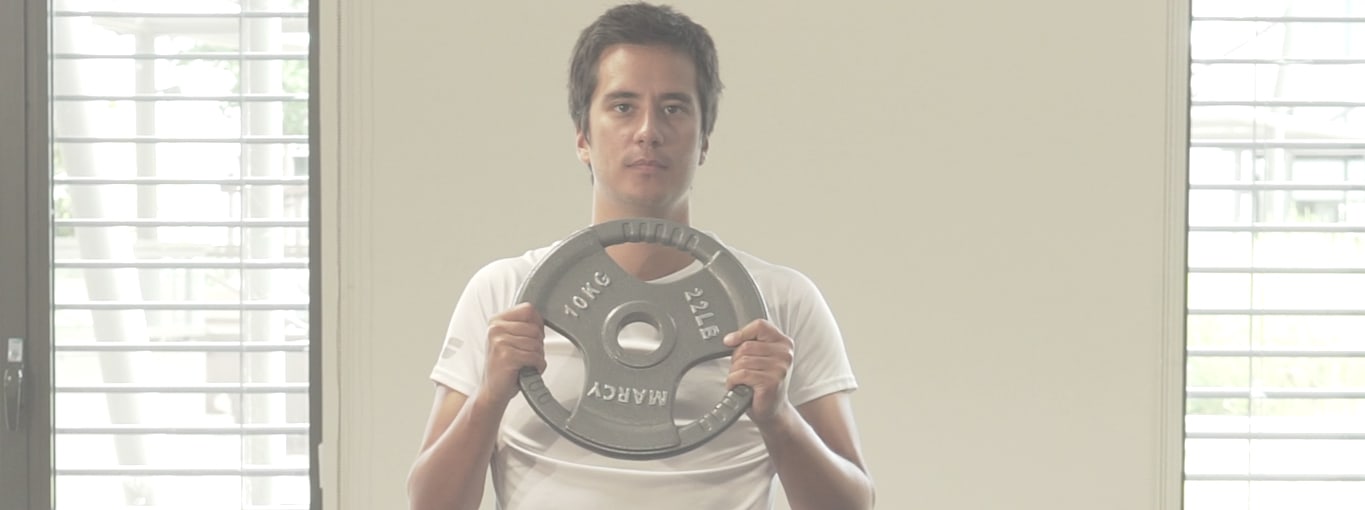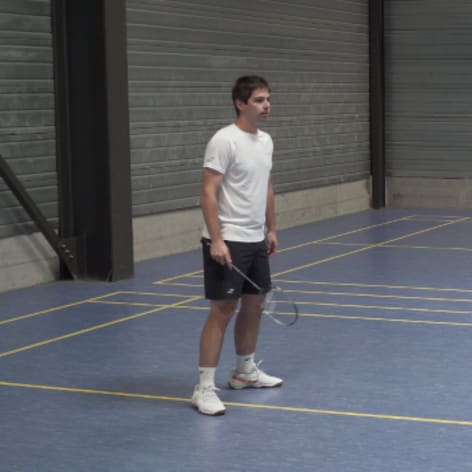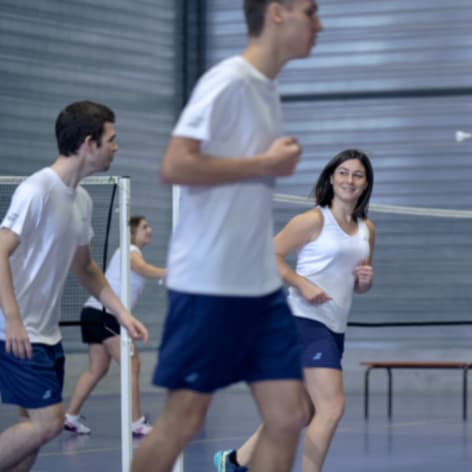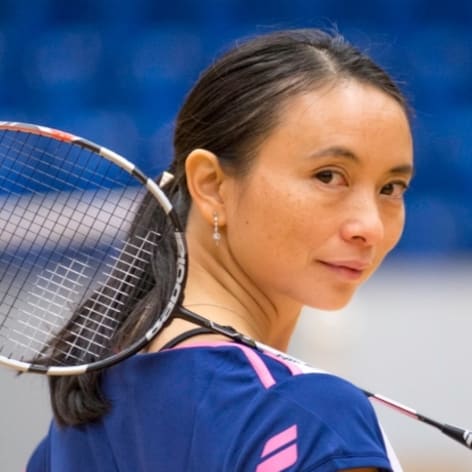In this specific article, Hongyan and Julie explain how strength is important to develop your game, especially the explosive strength, which will help:
- Improve your leg speed and movement
- Improve the pace you give to the shuttlecock
- Hit harder / smash stronger
Strength is the measure of a human's exertion of force on physical objects. Increasing physical strength is the goal of strength training. There are seven types of strengths: agile strength, strength endurance, maximum strength, relative strength, speed strength, starting strength and explosive strength. The latter is what we’ll look into in the following exercises, as it is the type of strength that you’ll need most in badminton, which is one of the most explosive sports.
Why should you work on your explosive strength?
Along with many other physical qualities, strength is needed in all badminton movements – the body movements to reach the right position (mostly in the legs), and the movements to hit the shuttlecock with power and speed (both lower and upper body). This quality can be worked on at an early age, but it’s important to remember: whatever your age, you should not seek to build up a big muscular mass – it will affect your mobility and flexibility, two key aspects to perform well in this sport.
How to work efficiently on your coordination?
Two things are crucial to know in order to have an efficient explosive strength workout. First, you should also work on your core, as the strength of your trunk will be a key to the development of your explosive strength. Secondly, it’s important to get the right movements and postures when working on explosive strength. Bad posture can lead to injury. For example, remember to keep your back in a straight line. Also, any sudden pain should make you stop the exercise right away.
It is important to work on this specific strength once a week – twice if you can. It can be done in many different ways, either at home or on a badminton court.
Exercise 1: heavy racquet
Chose a heavy racquet with the same grip size as yours. Play a flat game (drives, net kills, flat attacks/defences), then switch to your normal racquet. 3 series of 1 to 2 minutes for each racquet.
Same exercise with no shuttlecocks, performing a “shadow movement” carrying a weight in your hand first (2 or 3 kgs depending on your level) and pretending to hit clears, then with your normal racquet. 10 times each.
Exercise 2: hand/finger work
Just press tightly and let go with a bottle of 50 ml or a small body weight (1.5 kg) with your hand and finger. Repeat 10 times.
Exercise 3: snap
Perform the bodyweights “clean and jerk”, holding a weight of 5 kg, 10 kg or 15 kg depending on your level. Your feet must jump at the same time, one in front, one behind. Try to maintain the weight on a slow and constant speed on the way down and go faster when bringing it up. 3 to 5 series of 8, 10 or 12 times depending on your level.
Exercise 4: push-up
Perform 5 push-ups, with a straight back while contracting your core muscles, then quickly stand up and throw a ball / medicine ball 8 times. Keep the core contracted and exhale when you throw the ball. 3 to 5 series.
Exercise 5: squat
Squat down for 10 seconds, then jump vertically 8 times. Start the second exercise the same way and then jump up on a bench or stairs. Last, perform the same exercise with 4 long jumps, as far as possible, with legs slightly open (“frog jump”). 3 to 5 series.
Exercise 6: dips and tractions
Use a chair and lift yourself up using your back/dorsal muscles.
If you wish, and if you have the opportunity, you can also work on your explosive strength in a gym, with specific movements and weights. It can be efficient, but it’s best to seek the advice of a coach then, as heavy body weights used improperly can cause severe injuries.
Hongyan’s tip: If you’re short of time, you can alternate the workouts on the lower body and the upper body. This means you don’t have to waste time between exercises. If you have time, it’s best to have 1-2 minutes rest between each exercise.
Julie’s tip: It’s important to work on the “antagonist muscles” – muscles that work opposite to the action of the primary muscle – in order to keep a good balance in your workout and avoid injury. Dips and tractions (exercise 6) are a great example of working on muscles opposite to the pectoral muscles.








